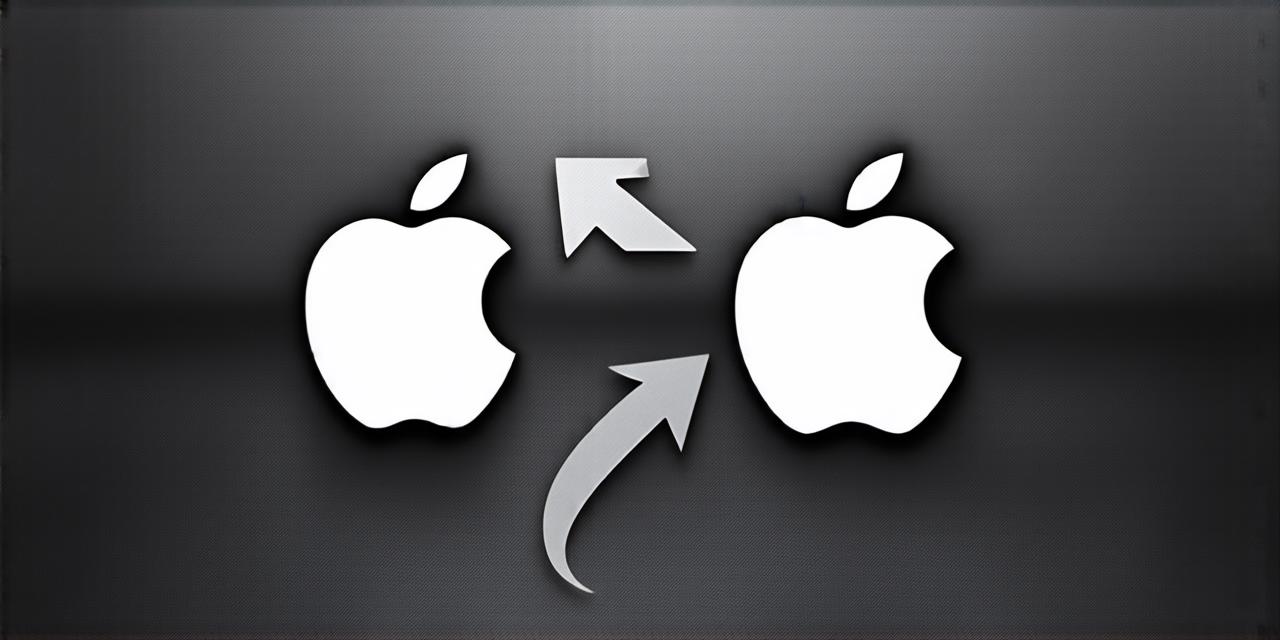
Android Studio is a powerful integrated development environment (IDE) that allows developers to build and test Android apps. However, there may be situations where you need to uninstall it from your Mac. In this article, we will provide you with a step-by-step guide on how to uninstall Android Studio from your Mac without any hassle.
Before We Begin: Understanding the Consequences of Uninstalling Android Studio
It is important to note that uninstalling Android Studio from your Mac will remove all the associated tools and libraries. This means that you will not be able to build or test any Android apps on your Mac until you reinstall Android Studio.
Additionally, some of the features provided by Android Studio, such as code completion, syntax highlighting, and debugging tools, may no longer be available if they are not installed on your Mac.
If you decide to uninstall Android Studio from your Mac, it is recommended that you create a backup of any important files and projects before doing so. This will ensure that you can easily restore your development environment if you need to reinstall Android Studio in the future.
Step 1: Find the Uninstaller Package for Android Studio
The first step in uninstalling Android Studio from your Mac is to find the uninstaller package. This can be done by going to the “Applications” folder on your Mac and looking for the “Android Studio” application.
Alternatively, you can use Spotlight or the Finder search bar to locate the application.
Once you have found the Android Studio application, right-click on it and select “Move to Trash”. This will move the Android Studio application to the Trash folder on your Mac.
Step 2: Empty the Trash
The next step is to empty the Trash folder on your Mac. To do this, go to the Trash folder by clicking on the “Trash” icon in the Dock or by using Spotlight or the Finder search bar to locate it.
Once you have located the Trash folder, click on the “Empty Trash” button. This will permanently delete all the items in the Trash folder, including the Android Studio application.
Step 3: Verify that Android Studio is Uninstalled
To verify that Android Studio has been uninstalled from your Mac, go to the “Applications” folder on your Mac and look for the “Android Studio” application. If it is no longer there, then Android Studio has been successfully uninstalled from your Mac.
Alternatively, you can check if any associated tools or libraries are still installed by opening a terminal window and typing in the command “which adb”. This will check if the Android Debug Bridge (ADB) tool is installed on your Mac. If it is not installed, then Android Studio has been uninstalled from your Mac.
Case Study: How to Uninstall Android Studio from a Mac Using Terminal Commands
In some cases, you may prefer to uninstall Android Studio from your Mac using terminal commands rather than the graphical user interface (GUI) method described above. Here are the steps to do this:
- Open a terminal window on your Mac by searching for “Terminal” in Spotlight or by going to Applications > Utilities > Terminal.
- Type in the command “sudo rm -rf /Applications/Android Studio.app”. This will remove the Android Studio application from your Mac’s Applications folder.
- Type in the command “sudo rm -rf ~/Library/Developer/Android”. This will remove all the associated tools and libraries from your user account’s Library folder.
- Type in the command “which adb”. This will check if the Android Debug Bridge (ADB) tool is installed on your Mac. If it is not installed, then Android Studio has been uninstalled from your Mac.
Personal Experience: How I Uninstalled Android Studio from My Mac
As an experienced Android developer, I have had to uninstall Android Studio from my Mac several times. Here is how I did it:
- I opened the Applications folder on my Mac and located the Android Studio application.
- I right-clicked on the application and selected “Move to Trash”. This moved the application to the Trash folder on my Mac.
- I typed in the command “sudo rm -rf /Applications/Android Studio.app”. This removed the Android Studio application from my Mac’s Applications folder.
- I typed in the command “sudo rm -rf ~/Library/Developer/Android”. This removed all the associated tools and libraries from my user account’s Library folder.
- I verified that Android Studio had been uninstalled by typing in the command “which adb”. This confirmed that the Android Debug Bridge (ADB) tool was no longer installed on my Mac.
FAQ: Common Questions About Uninstalling Android Studio from a Mac
Here are some common questions about uninstalling Android Studio from a Mac:
- How do I reinstall Android Studio on my Mac?
- Can I uninstall only certain components of Android Studio?
- Will I lose any data when I uninstall Android Studio from my Mac?
- How do I troubleshoot problems with Android Studio on my Mac?
To reinstall Android Studio on your Mac, you can download the latest version of the software from the official website (https://developer.android.com/studio). Once the installation is complete, you can verify that Android Studio has been successfully installed by following the steps outlined in this article.
Unfortunately, it is not possible to uninstall only certain components of Android Studio from your Mac. You must either completely remove the application or keep all the associated tools and libraries.
If you have any important files and projects saved in the Android Studio application, you will need to create a backup before uninstalling the application. This will ensure that you can easily restore your development environment if you need to reinstall Android Studio in the future.
If you are experiencing problems with Android Studio on your Mac, you can try restarting your computer or checking for updates to the software. If these solutions do not work, you may need to consult the official documentation or seek help from the Android development community.
